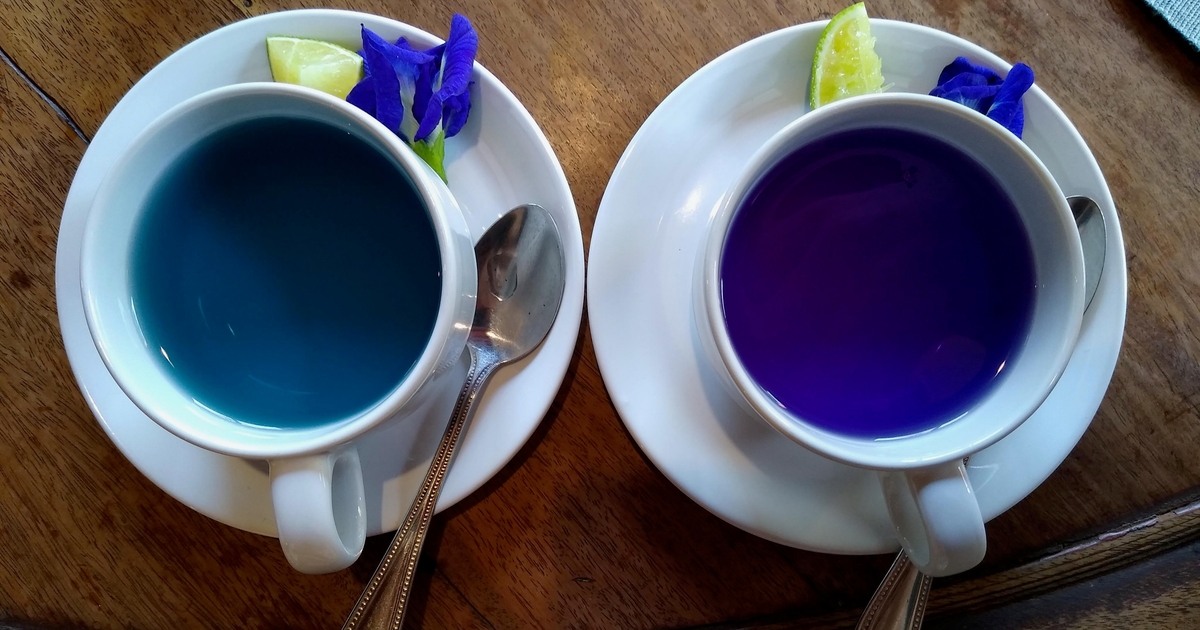
The Food and Drug Administration has approved the first three natural food colorants that will replace petroleum-based synthetic dyes after they are phased out between 2026-2028: Galdieria blue, butterfly pea extract, and calcium phosphate.
The food colorants made from natural sources were approved less than three weeks after the U.S. Department of Health and Human Services Secretary Robert F. Kennedy Jr. banned all nine artificial food dyes that were previously approved by the FDA, citing their association “with a variety of a grim inventory of diseases.”
“For too long, our food system has relied on synthetic, petroleum-based dyes that offer no nutritional value and pose unnecessary health risks,” Kennedy said in a statement. “We’re removing these dyes and approving safe, natural alternatives — to protect families and support healthier choices.”
At the time, the FDA announced plans to authorize four additional natural color additives “in the coming weeks,” with others that could be approved in the future.
“FDA staff have been moving quickly to expedite the publication of these decisions, underscoring our serious intent to transition away from petroleum-based dyes in the food supply and provide new colors from natural sources,” FDA commissioner Dr. Martin A. Makary said in a statement.
The FDA’s recently approved petitions for three natural food colorants include:
-
Galdieria extract blue: a blue color that is made from the species of unicellular red algae Galdieria sulphuraria is approved for use as an additive in nonalcoholic beverages and beverage bases, smoothies, fruit and vegetable juices, milkshakes, yogurt drinks, candy and chewing gum, frostings, ice cream, puddings, custards, whipped cream, yogurt, and more.
-
Butterfly pea flower extract: a color-changing colorant that is produced through the water extraction of dried flower petals of the butterfly pea plant. It produces shades ranging from bright blue to purple and green. The FDA had previously approved its use in sports drinks, fruit and vegetable juices, alcoholic beverages, dairy drinks, teas, gum, candy, coated nuts, ice cream, and yogurt. Now, that approval has been expanded to include crackers, snack mixes, pretzels, potato chips, corn chips, tortilla chips, and multigrain chips.
-
Calcium phosphate: a white color that has been approved by the FDA in ready-to-eat chicken, white candy melts, doughnut sugar, and sugar for coated candies.
This shift to natural food dyes has been approved of by many in the nutrition science community.
“It’s good news that the FDA has approved several natural colors,” Scott Faber, Environmental Working Group senior vice president for government affairs, said in a statement. “Thanks to West Virginia, food companies will have until 2028 to end the use of synthetic colors, which have been linked to neurobehavioral harms in some children. Now, thanks to the FDA, food companies will have even more options they can use as they switch from synthetic colors to natural colors.”
Contact Joanna at [email protected]








